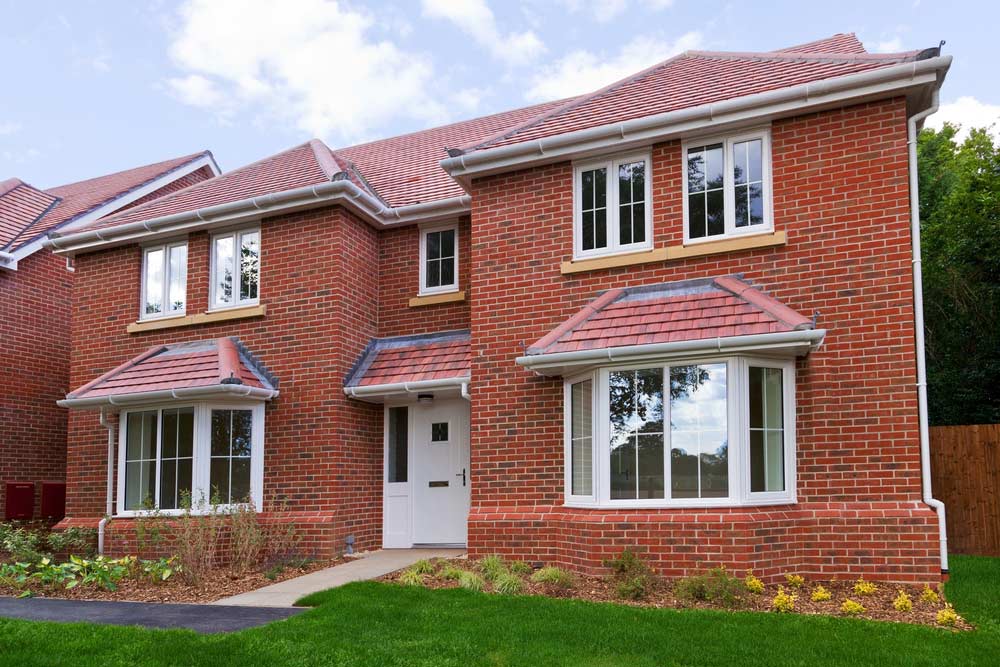Bay Windows

Windows often define the character of a property, so it is no wonder that we sense when something is wrong with their design, even if we cannot put our finger on what it is.
Whether it is the wrong opening configuration – a casement window when there should be a sash, for example – or chunky glazing bars where there should be slim, elegant ones, there is a lot of detail to consider when replacing your windows.
If you are renovating an existing property, see if any original fenestration remains on similar local properties, and use it to guide your choice of new windows to ensure you do not make a costly mistake.
Bay windows are known for bringing in plenty of light, a bay window is often the grand statement piece of an older property. Typically, the style of opening echoes the windows of the rest of the house: sliding sashes for Georgian and Victorian homes, moving into casements for the Arts & Crafts-inspired Edwardian period.
In addition, the profile of the bay is sometimes an indicator of age: the splay bay with a straight front and two angled sides, is typical of a Victorian terrace, while circular bays with a row of upright casements are the hallmark of an Edwardian semi.
Bay windows are usually built as part of your house, the wall structure of bay windows projects beyond the main walls of the building, making a room appear larger and providing views outside




